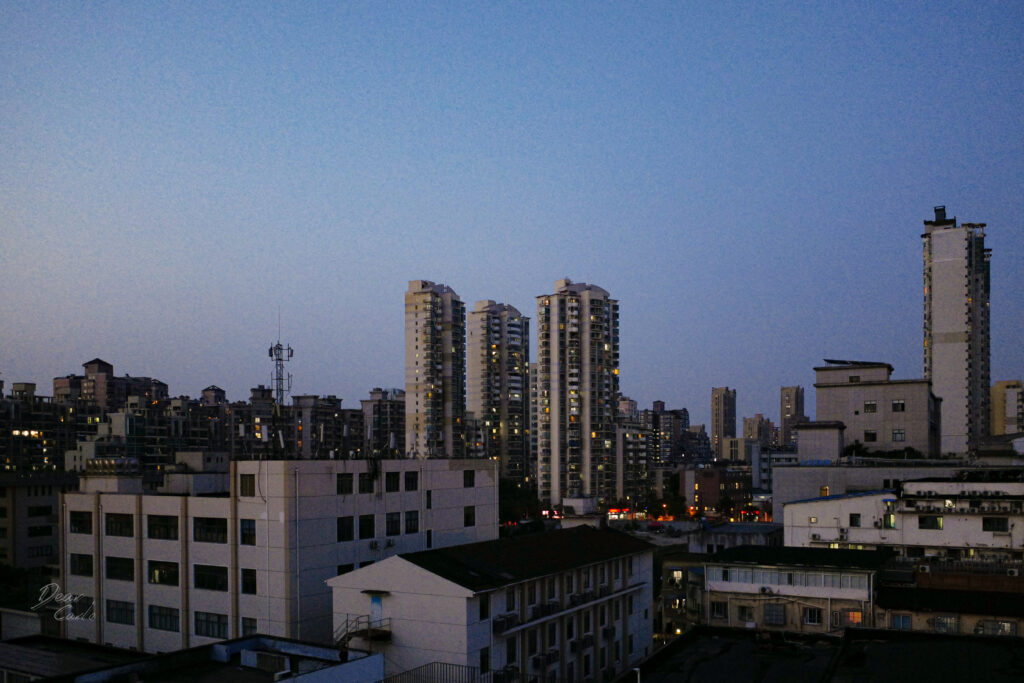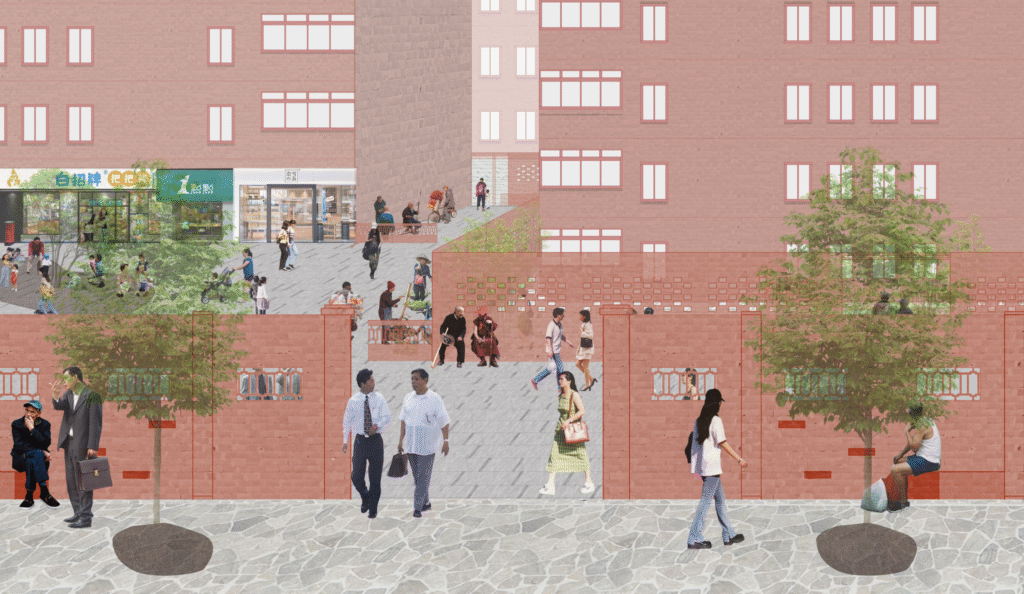Researches' inner connection
My principle researches are around different types of urban projects, and their effects on surrounding urban spaces.
As a first try, I studied the evolution of Chinese social housings and how their plans changed or adapted people’s needs and vice versa. Later, my interest expanded to heritage projects and their special “emotional” functions in changing people and cities’ image. During my research for graduate project, I tried to combine the two experiences above and discuss more complex questions through a successive-scaling way to regenerate an urban village in Chengdu, my hometown. I’m still on my way to discover more patterns, hoping to find the possible cohesion of historical traces and current modernisation.

heritage emotions and a reconstruction project in 21st century
In the era of globalisation, nations, cities and individuals are losing sight of their own identity due to the synchronisation and standardisation of spaces. Heritage, as a trace of the past and proof of the continuity of time, creates an opportunity to rediscover our own roots. In this quest for identity, emotions are expressed: anxiety about identity and nostalgia for local culture, the past and even the present. These various emotions for heritage, in 21st-century cities such as Saint-Denis with the rebuilding of its spire, are becoming a major driving force for social mobilisation and are accelerating urban gentrification.
China’s rapid urbanisation and industrialisation after the 1950s, due to incomplete land policies and uneven urban spatial development, gave rise to groups of villages isolated in time in the old central districts of many large cities. Surrounded by high-rise buildings, they still retain a village-like scale and traditional lifestyle, functioning as small societies cut off from the modernised urban fabric that surrounds them.
With increasing population density, most of Chinese cities are completely demolishing these villages and replacing them with standardised high-rise apartment blocks. Facing this trend towards tabula rasa, we take Chengdu, a developing megacity in central China, and its last workers’ village, to examine another possibility of village life in the heart of the city, as well as the implications for its preservation, renovation or demolition.
By improving the adaptation of this urban village to climate change and urban development strategies, we hope to explore the unique value and status of urban villages in modern society, preserve the culture and particular scale of village life in the centres of large Chinese cities.

finding urban spirit in over-modernized megapole, Shanghai
Throughout the morphological transformation of collective housing in Shanghai, its colonisation history allowed it to quickly break away from traditional forms. Since 1950, the imitation of Western cities has led to further morphological eradication of Chinese collective housing. Then, in the 21st century, the massive construction of high-rise apartment buildings has caused Shanghai to lose more of its local character in this urbanisational revolution.
At this particular point, when Chinese cities are all facing the lack of cultural and social roots, it is necessary to rethink our housing culture, which has been developed over thousands of years. This research shows the successive morphology of traditional Chinese architecture in Shanghai since 20th century, which is not a decorative symbol but an interactive tool, that reveals the changing lifestyles in the city. This changing pattern allows architecture, and future architects like us, to reflect on how architectural morphology can respond to materials and spiritual needs of its inhabitants.










